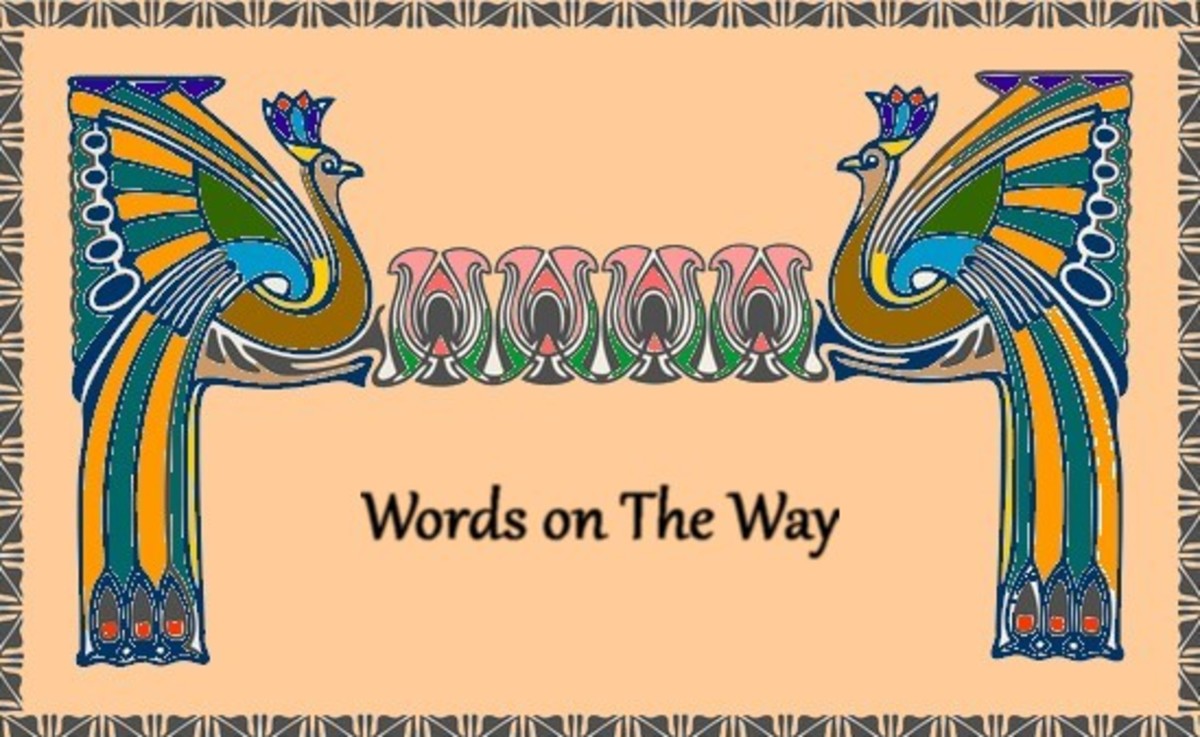What is Tantra? Part 1 of 2
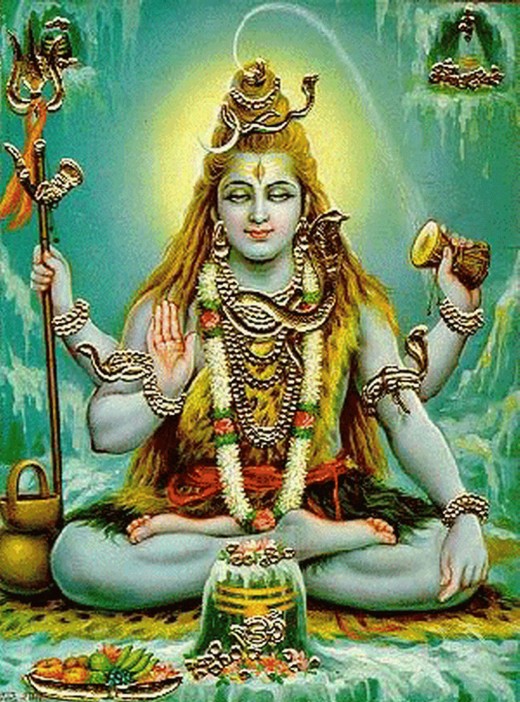
That is inappropriate! Don't you want to keep your Hub Pages account?
In this hub, I hope to get past the stereotypes that surround tantra and provide a clear(ish) view of a rather unclear phenomenon. Tantra came to the West along with other waves of Eastern thought in the 60s and 70s, where it was quickly equated with "black magic" and other social taboos. However, these ideas were forged on ignorance. Tantra, like all spiritual and religious developments, has diverged over time into many schools of thought, and has come to mean different things to different people.
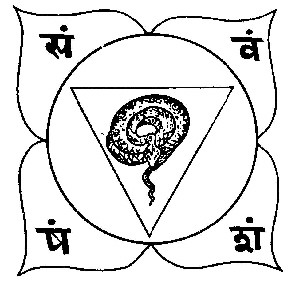
What is tantra?
The term “tantra” encompasses a wide range of spiritual thought rooted in India, which evolved as a form of religious mysticism, not unlike Kabbalah and Sufism. As it is so old, varied, and esoteric, it is difficult to pin a definition on tantra. In a nutshell, it teaches that we are living in a pool of divine energy and that we are, in essence, one being. Separations are all illusions. The practice of tantra seeks to ritually channel divine, life energy into alignment within ourself.
In other words, "you are the universe and the universe is you. You are a drop in the ocean and the ocean is a drop in you. You are the worshipper and worshipped."
Tantra teaches us to "see" the universe as a whole.
"Where we see duality- young and old, right and wrong, male and female, pure and impure- a tantric adept sees One." -Deborah Willoughby, President of the Himalayan International Institute.
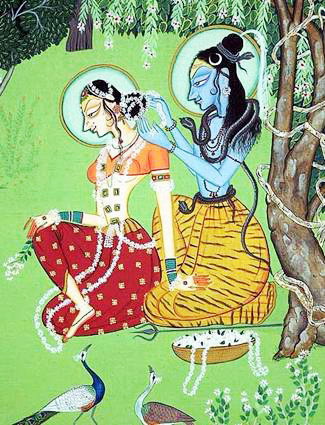
History
Not much is known of the history of tantra, as the ancients who practiced it did not hold the Western belief of linear time but thought of the world in cycles, so they did not write down series of events one after another.
• The writing on tantra that exists today is said to have a subtle, higher meaning, so no one can be completely sure of what it means.
• What we know of the ancient tantric traditions is derived partially from the modern practices and partially from the Vedas (A written series of teachings).
• Early tantric sects (those that came after the Vedic civilization) rejected many religious icons and were very private and esoteric. These closed circles later evolved into widely practiced esoteric orders and became “respectable”. Teachers of tantra came to reject patriarchy and the caste system. Despite this, tantra was still accepted by some upper class Hindus.
The Vedas
The Vedas (translated to "knowledge") are a collection of ancient Indo-Aryan religious literature associated with the Vedic civilization. Some of the oldest surviving vedic texts were written between 1500 BC and 500 BC.
The Vedas contain mantras: hymns, prayers, incantations, and rituals addressed to gods and goddesses, thoughts on philosophy and theology, and narratives. They contain many references to the Ganges River.
Before the vedas were written down, they formed part of a long oral tradition. Hindus regard the Vedas as being “uncreated”- meaning they were never written but have always existed and were revealed to sages by the divine.
In Buddhism and Jainism, two religions that developed from Hinduism, the Vedas were not considered to hold any truth. The sects that did not reject the Vedas are now known as Hinduism. In modern Hinduism, the Vedas are exalted and play an important role in religious life. The religion of the Vedas has elements of both monotheism and paganism.
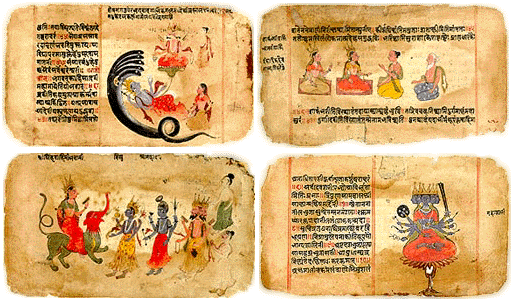
Tantra Today
Nowadays, tantra has a very wide following, though most people are not always well informed. Many Indians still equate it with "black magic", and many Westerners still equate it with the 1960's, and would probably be disappointed to know the truth.
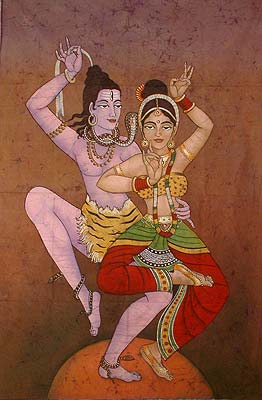
Yes, sometimes tantra involves embracing cultural taboos, but “pure” tantra teaches a detachment from the physical world. It varies greatly, but ultimately teaches that we are living side by side with the divine and that through unity with the divine, enlightenment can be obtained.
For more information, please check out the second part of this hub, The Truth About Tantra, Part 2, which contains more detailed information about the principles and practices of tantra.
“Those who worship the gods become gods; those who worship ancestors become ancestors; those who worship the elements master the elements, and those who worship me gain me.”
-Krishna, The Bhagavadgita

